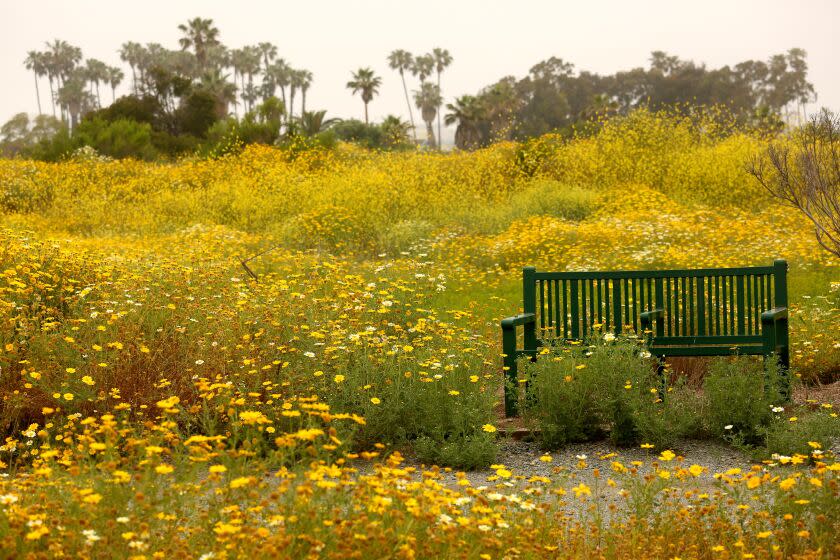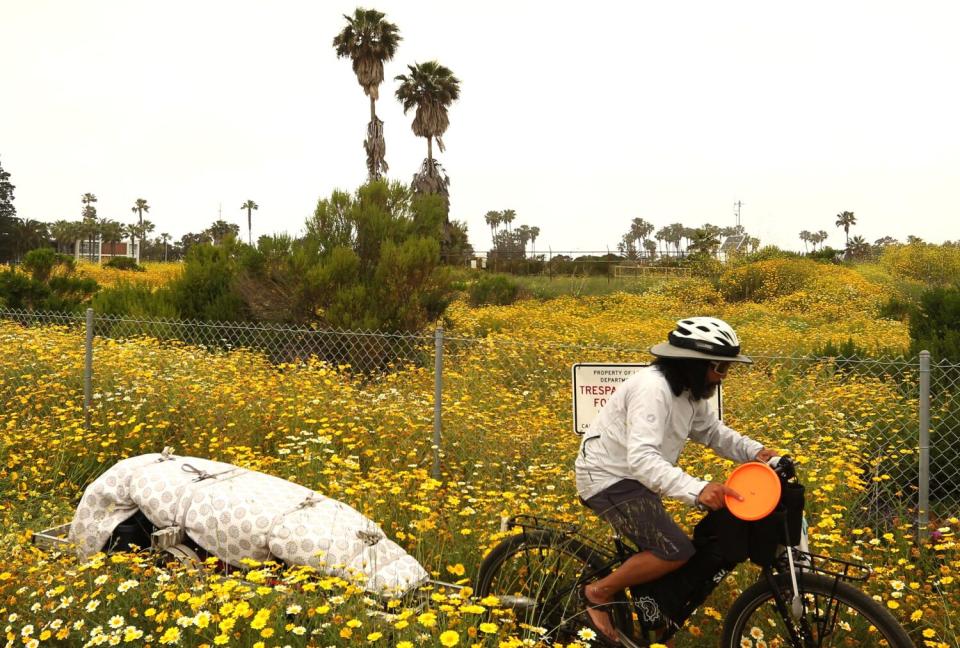Judge orders halt to Ballona Wetlands restoration project

A California Department of Fish and Wildlife plan to introduce tidal flows into the Ballona Creek wetlands has come to a screeching halt after a judge ruled recently that the agency’s environmental impact report on the project failed to adequately account for flood risks.
In a May 17 decision, Los Angeles County Superior Court Judge James C. Chalfant ordered the agency to set aside its certification of the final EIR for the project because it “failed to disclose and analyze flood control design parameters” associated with proposed levees and other infrastructure.
In response to four lawsuits filed by environmental groups, Chalfant ordered the agency to suspend any project activity in the 600-acre West Los Angeles ecological refuge and prepare a new “legally adequate” environmental impact report “if it chooses to proceed.”
Despite the setback, state officials said they intend to correct the EIR and move forward with the controversial project, which is sandwiched between Marina del Rey and urban development upstream of Ballona Creek.
“This restoration project remains the best mechanism to revitalize the Ballona Creek wetlands for many future generations of Angelenos,” said Jordan Traverso, a spokeswoman for the Department of Fish and Wildlife.
Combatants on both sides of the issue, however, suggest that a series of recent events left the fate of the wetlands area uncertain.
On Thursday, the Supreme Court issued a decision that significantly reduces the scope of the Clean Water Act and reduces the federal government’s ability to protect thousands of miles of rivers, streams, creeks and adjacent wetlands throughout the western U.S.
The court said the law’s protections for the “waters of the United States” are limited to wetlands and streams that are directly connected to navigable waterways — a definition that some fret might not include the Ballona Creek wetlands.
Separately, Gov. Gavin Newsom a week ago unveiled a proposal aimed at shortening the contracting process for bridge and water projects, limiting timelines for environmental litigation and simplifying the permitting process for complicated developments in the Sacramento-San Joaquin River Delta and elsewhere.
It remains to be seen how these actions may affect the Ballona Creek wetlands — the focus of one of the longest environmental battles in Southern California history.

In the meantime, opponents of the state project — which was originally scheduled to begin in 2024 — say the judge’s ruling has provided them an opportunity to press for the withdrawal of what they regard as an ecologically unsound proposal.
Chalfant's ruling applies to lawsuits filed against the Department of Fish and Wildlife by Protect Ballona Wetlands, Ballona Wetlands Land Trust, Grassroots Coalition and Defend Ballona Wetlands.
“We welcome the ruling,” said Marcia Hanscom, a community organizer for Defend Ballona Wetlands. “It gives the mosaic of habitats at the ecological reserve a reprieve from facing utter destruction and upheaval by state officials who — shockingly — favor sending bulldozers and other heavy equipment into these fragile wetlands.”
She fears that dozens of struggling species, and much of their habitat, would be sacrificed by restoration-related excavation, and the addition of 10 miles of bike paths.
Under the state's plan, more than 2 million cubic yards of soil would be repositioned to create earthen levees up to 20 feet high for flood protection from Pacific Ocean tides.
Exposing the wetlands to tidal influence would be a mistake, opponents argue, because higher salinity levels could wipe out flora, fauna and habitat that currently rely on seasonal rains and brackish water. Beyond that, they say, it would make the area vulnerable to potentially destructive flooding.
Read more: California condors barely escaped extinction decades ago. Avian flu could change that
In his ruling, Chalfant sided with the petitioners in ordering the state to commit to specific performance criteria in the event that its activities harmed wildlife and habitat.
Once owned by industrialist Howard Hughes, the property sits just north of Los Angeles International Airport and is home to ring-necked snakes, great blue herons, South Coast marsh voles and the federally endangered El Segundo blue butterfly.
The state paid $139 million in voter-approved bond money in 2003 to buy what was left of the Ballona Wetlands from Playa Capital, the developer of Playa Vista. The deal made the highly degraded expanse of marshes, mud flats and salt pans off limits to development.
The restoration project is supported by nonprofit environmental groups such as Heal the Bay, the Bay Foundation, Friends of Ballona Wetlands and David Kay, a former senior manager at Southern California Edison’s environmental department.
In a recent Patch article, Kay pointed out that Chalfant rejected 24 of the 26 arguments presented in one of the lawsuits. “The judge’s ruling,” he wrote, “represents a spectacular failure by the opponents to achieve their long-stated goal of stopping the restoration project altogether.”
Hanscom, however, said Kay misses the point. “In fact,” she said, “the judge gave us what we wanted most: Invalidate the EIR and halt all state work at the reserve.”
“This fight is far from over,” she added. “We’re not giving up on defending the wildlife that clings to survival in these precious remnant wetlands.”
Sign up for Essential California, your daily guide to news, views and life in the Golden State.
This story originally appeared in Los Angeles Times.

